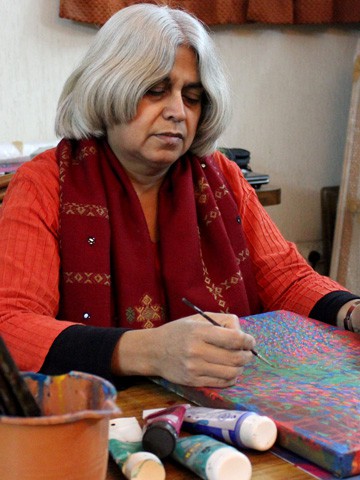While experimenting with different forms of art with changing times is necessary, it is also important to retain the originality, say artists from across different genres.
Kanchan Chander, a painter and a former art teacher says that the authenticity of traditional techniques must not be compromised in a bid to modernise or create a fusion of art forms.
“Fusion is coming up with western domination in most fields of art. So, under its influence we are losing the originality of our own works.
“There are certain techniques in Indian style of painting which should remain intact no matter how much we experiment.
The original essences of our roots should reflect in our artworks,” she says.
Chander was participating in a discussion titled “Manifestations” organised recently in the city, to throw light on how different art forms are undergoing a change with time and innovations.
For Odissi exponent Sharon Lowen, at a time when “everybody is asking for fusion,” the classical dance from Odisha is “already a fusion.”
“When it comes to Odissi, the dance already is a fusion.
According to its history, it was perfected by women in temples who were called ‘maharis’, while the boys dressed as girls and were called ‘gotipuas.’ So Odissi has been a fusion ever since its inception,” she says.
However, the meaning of the word ‘fusion’ changes drastically when used in a modern western context.
“When you are talking about modern dance, which originated in the west, you are free to use any kind of movement whereas in Indian context the fusion is relevant because it involves combining movements from other forms of dance, since there is always a language to it,” she says.
Sourced from agencies, Feature image courtesy: formsofdevotion.org





























